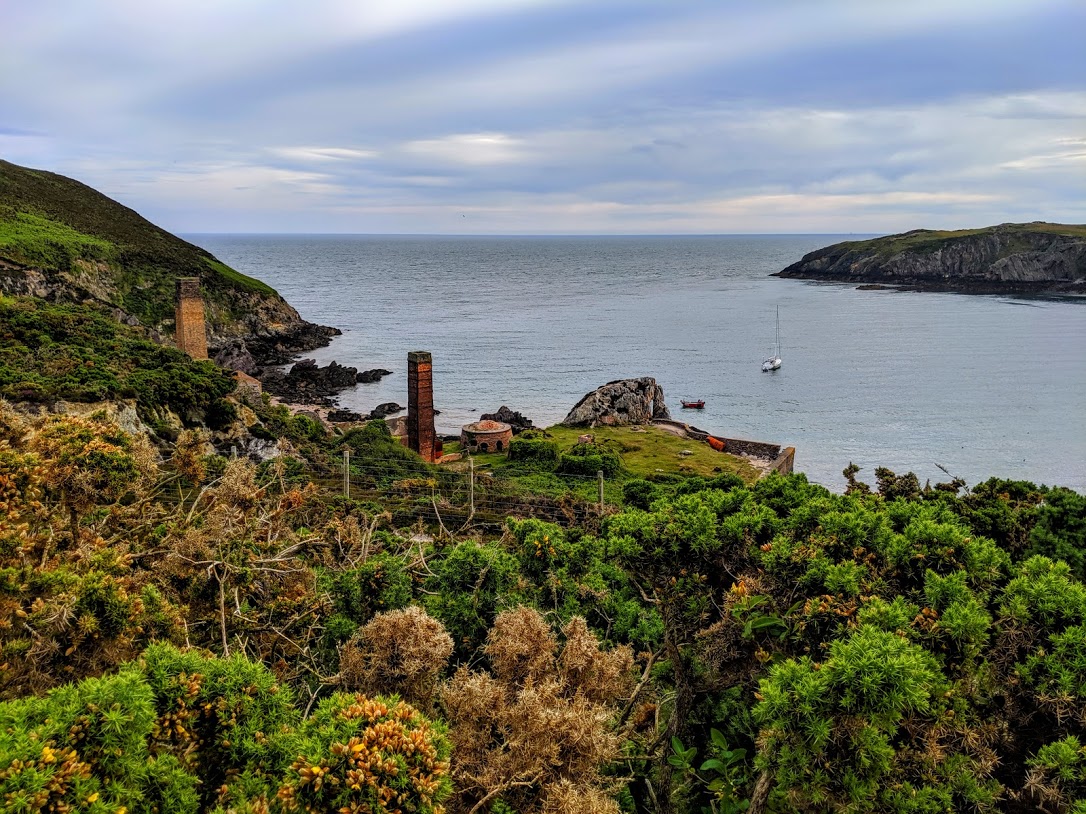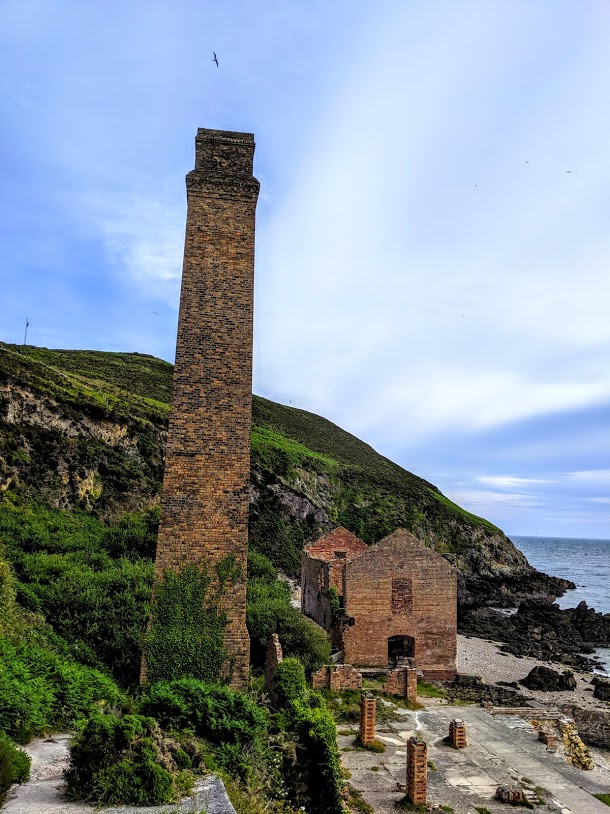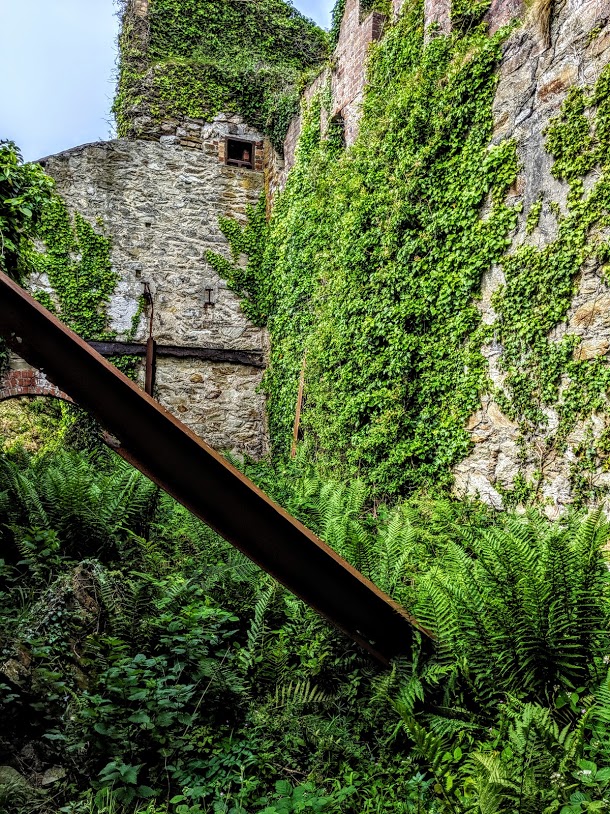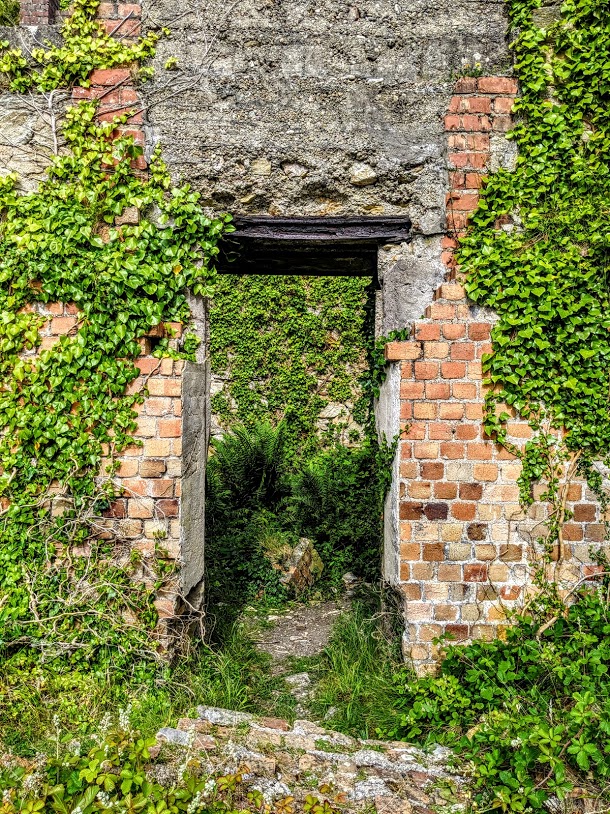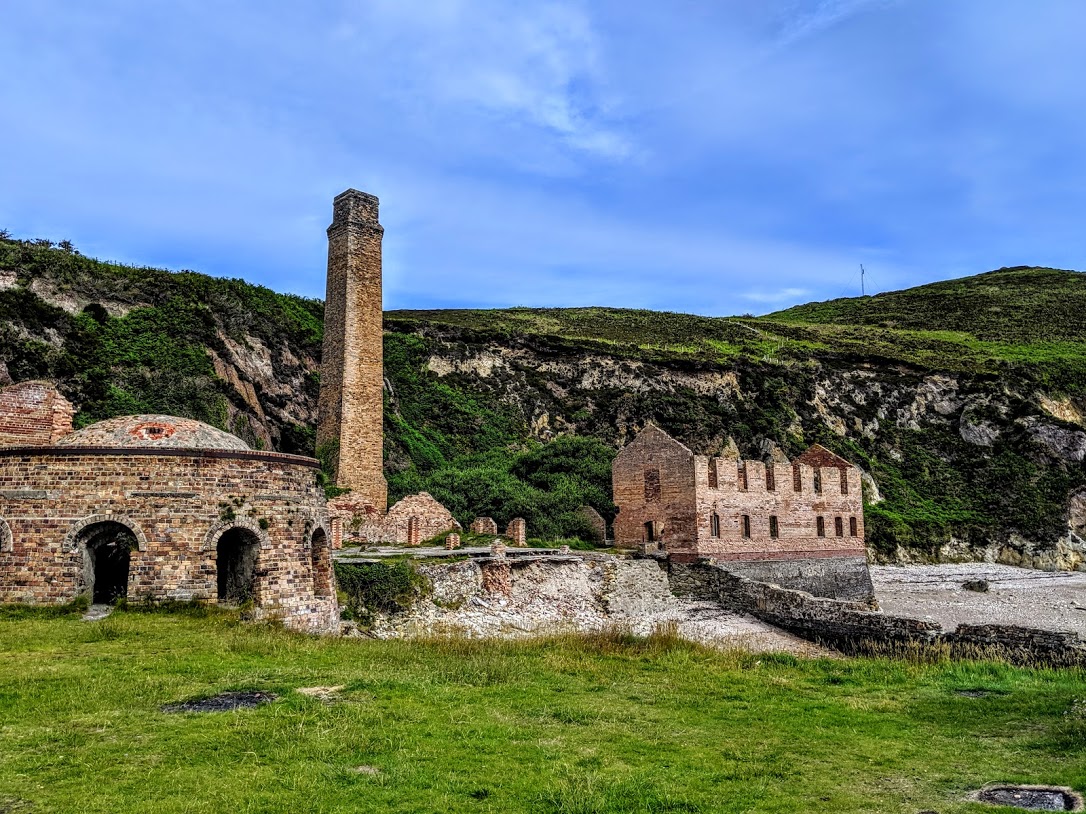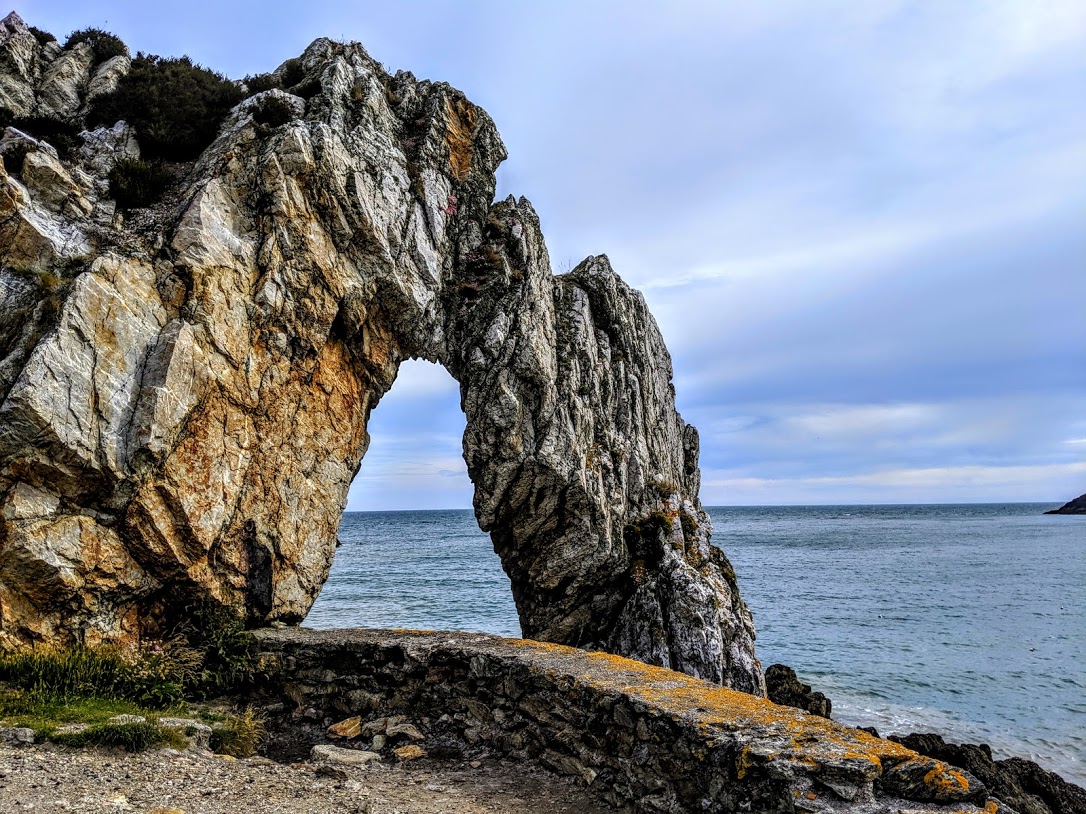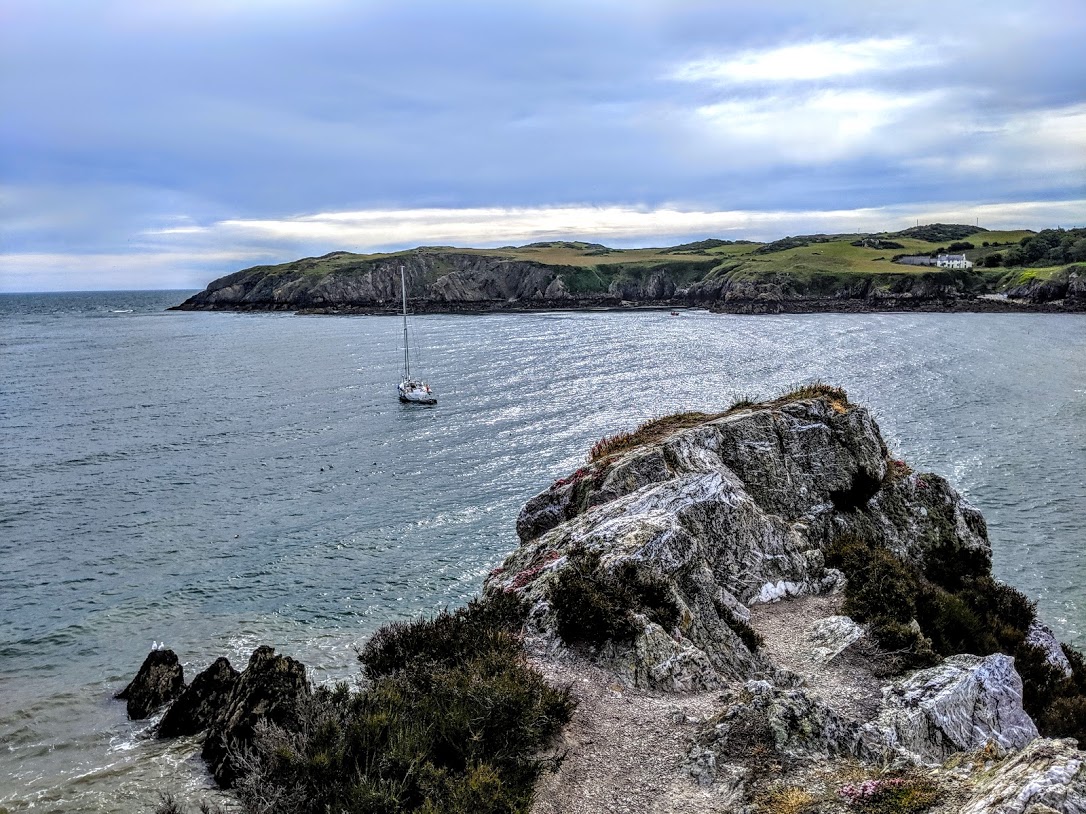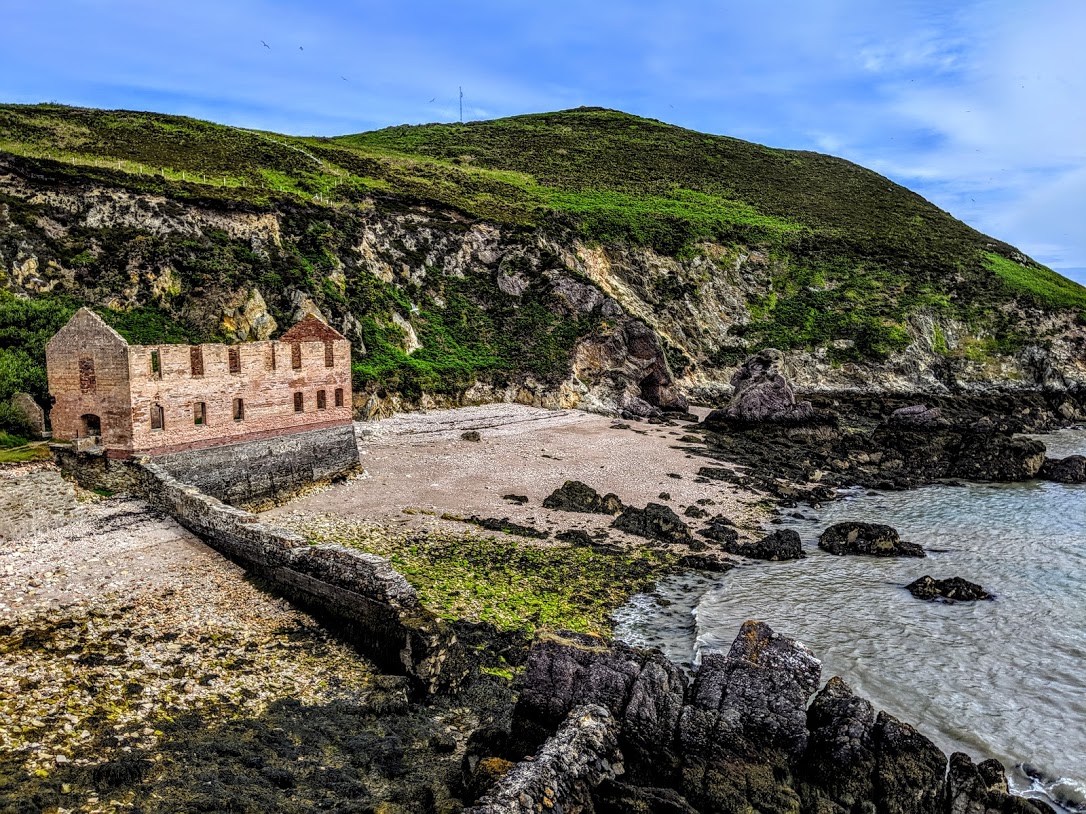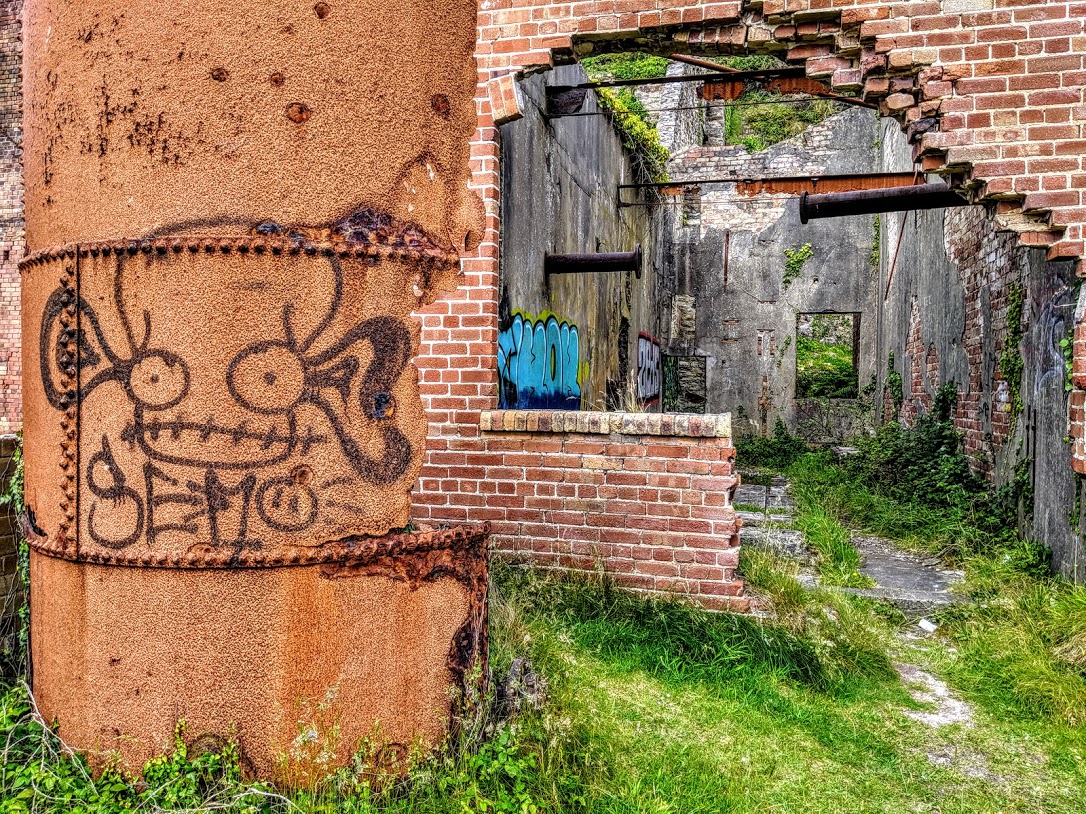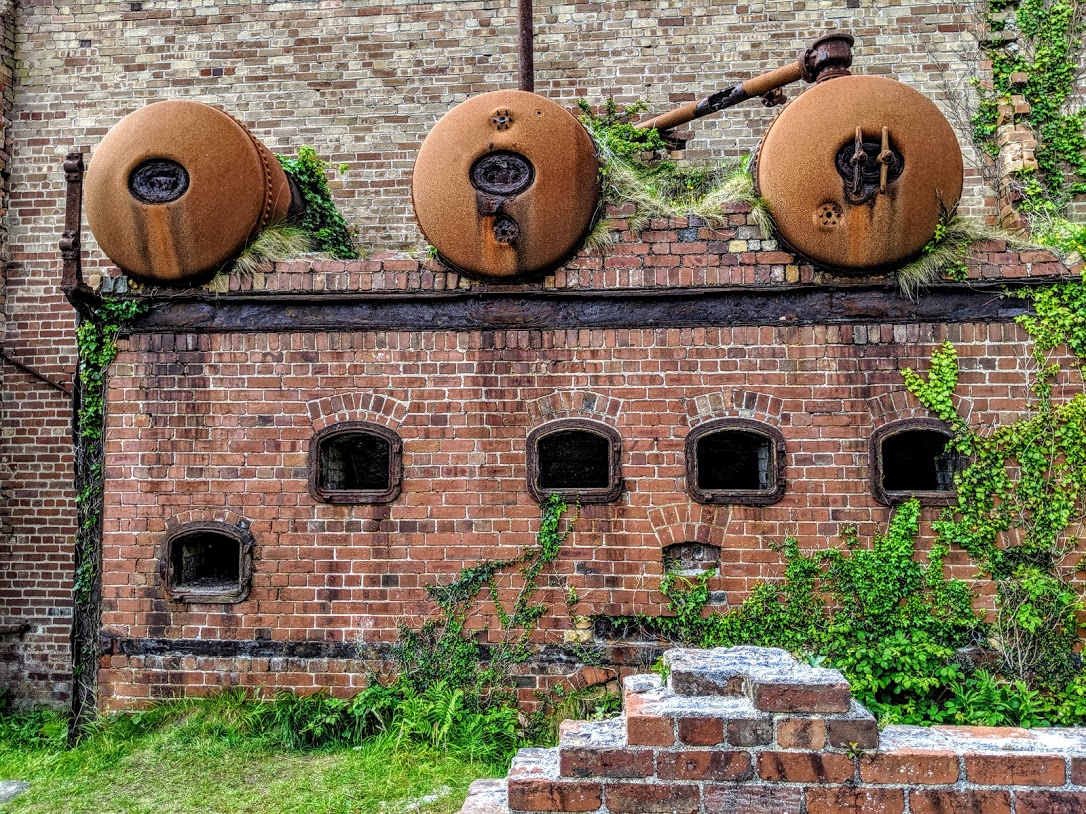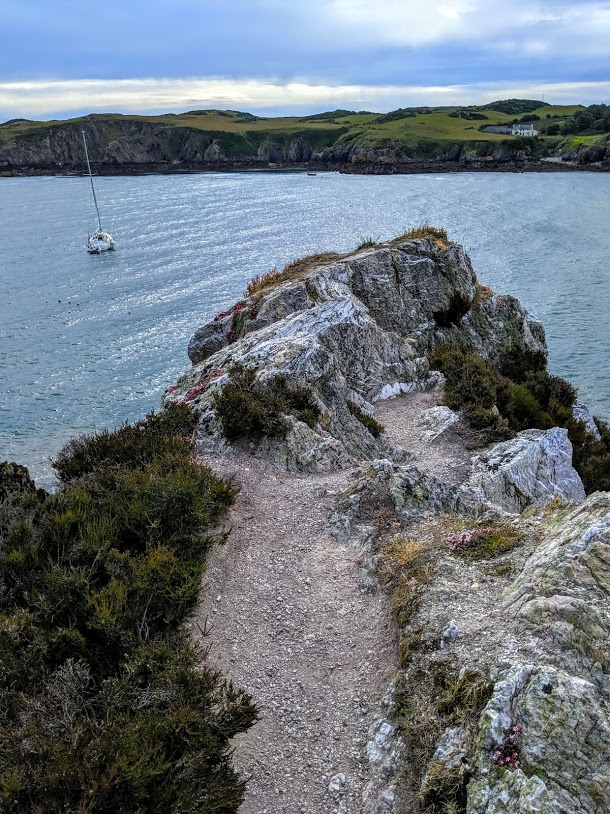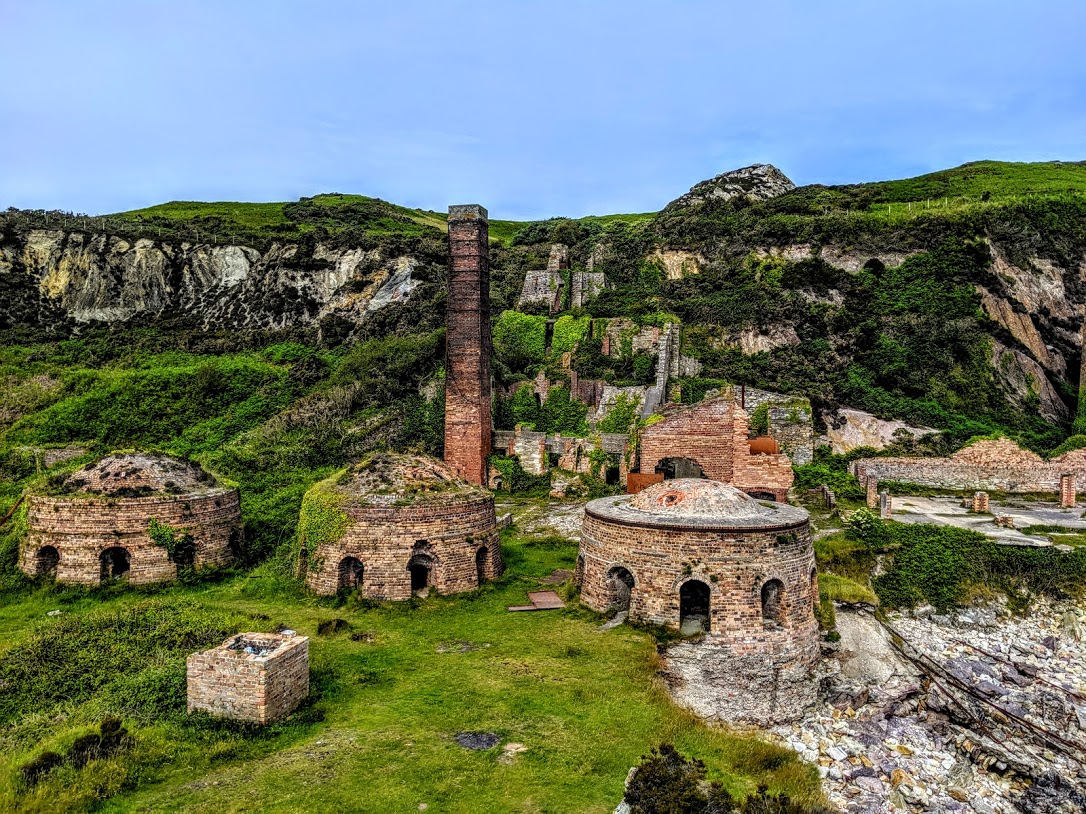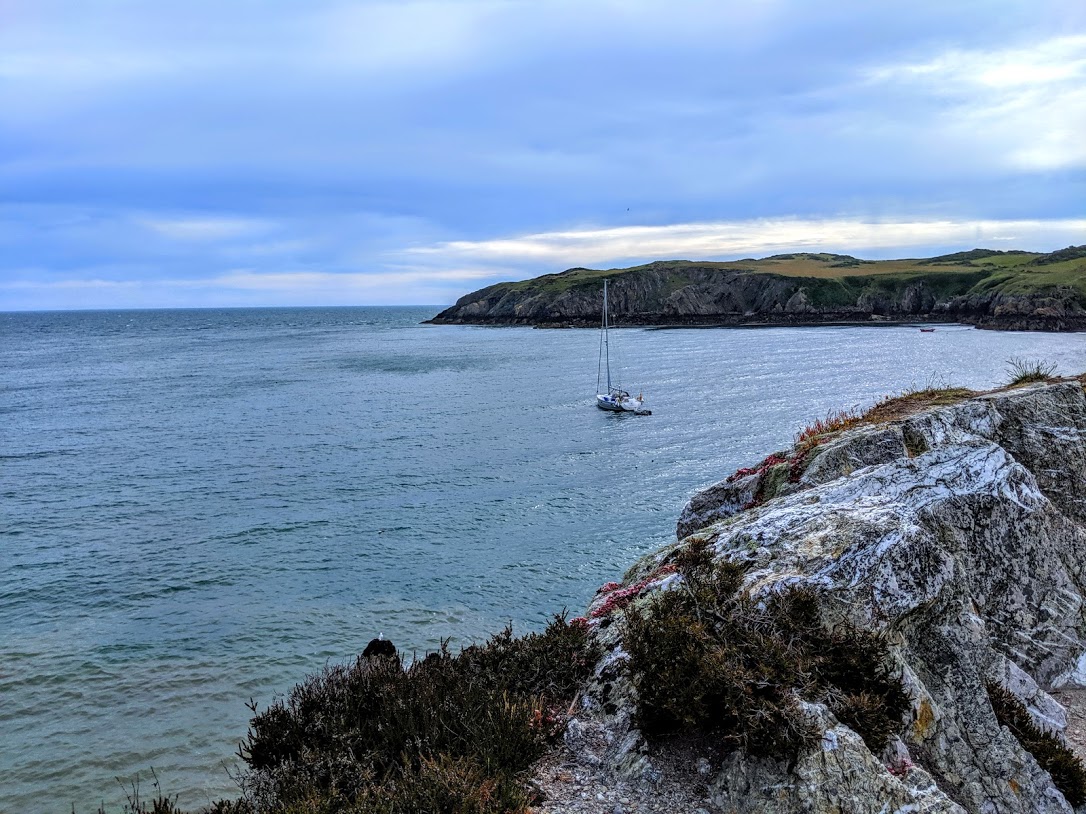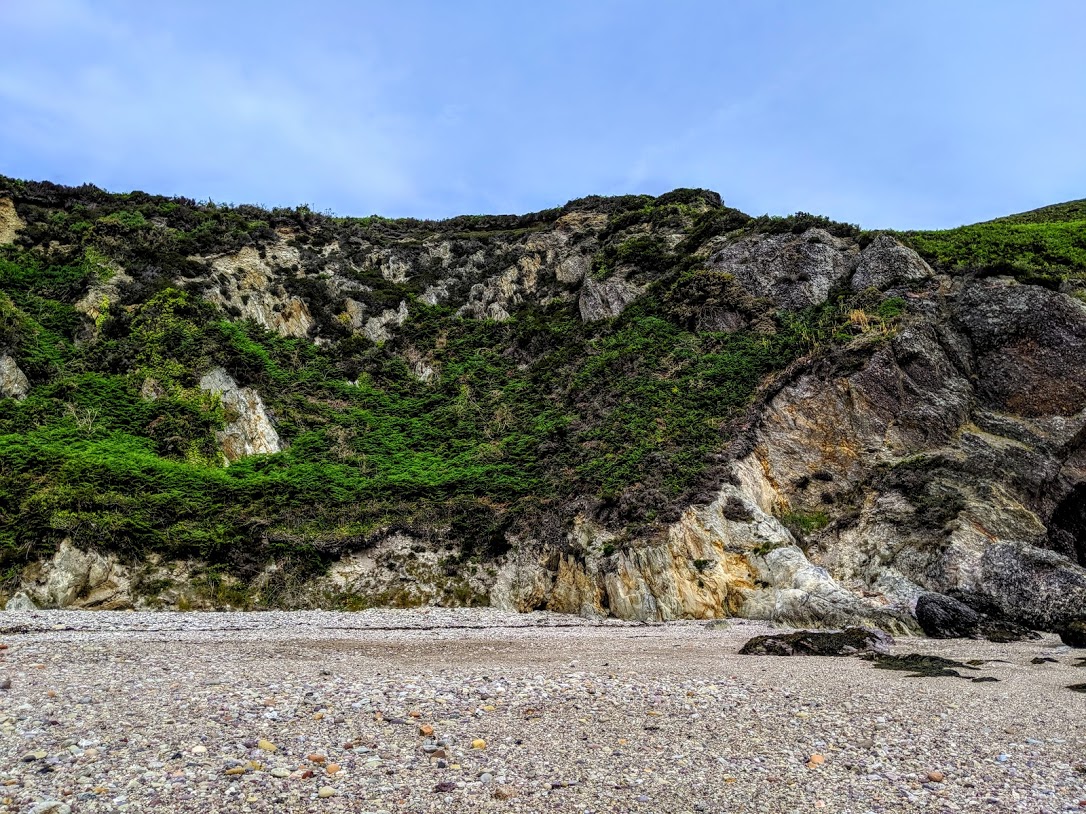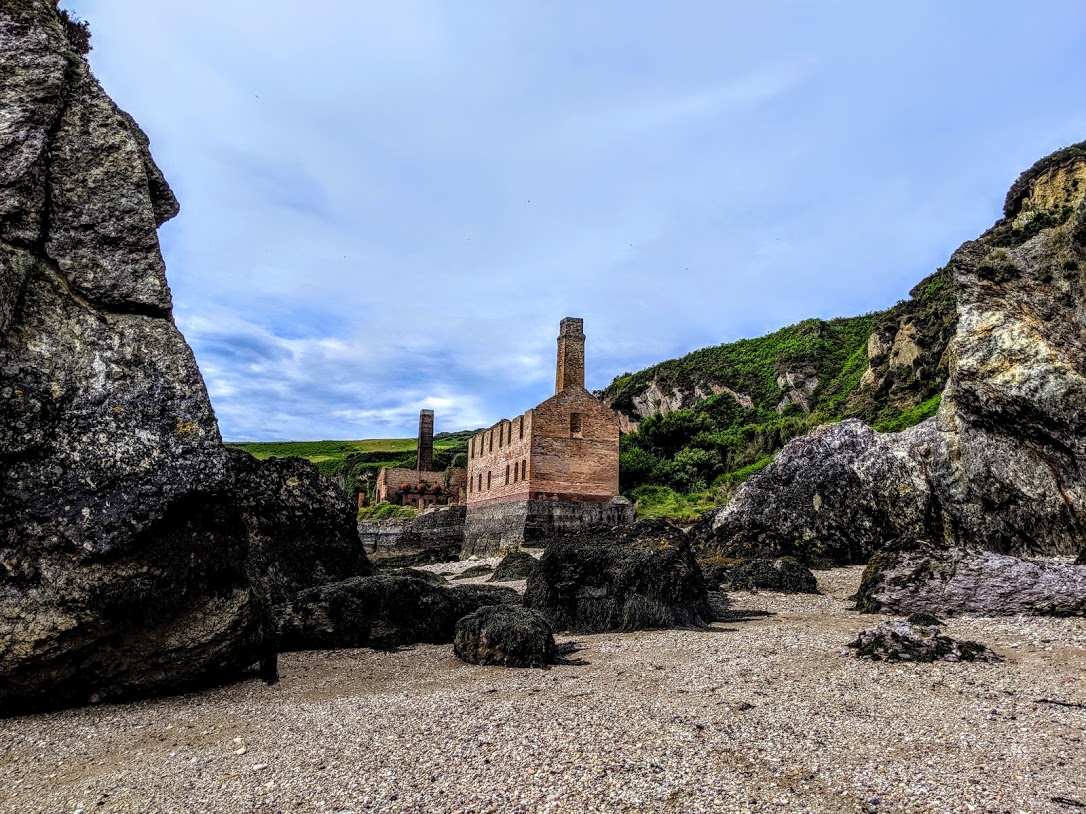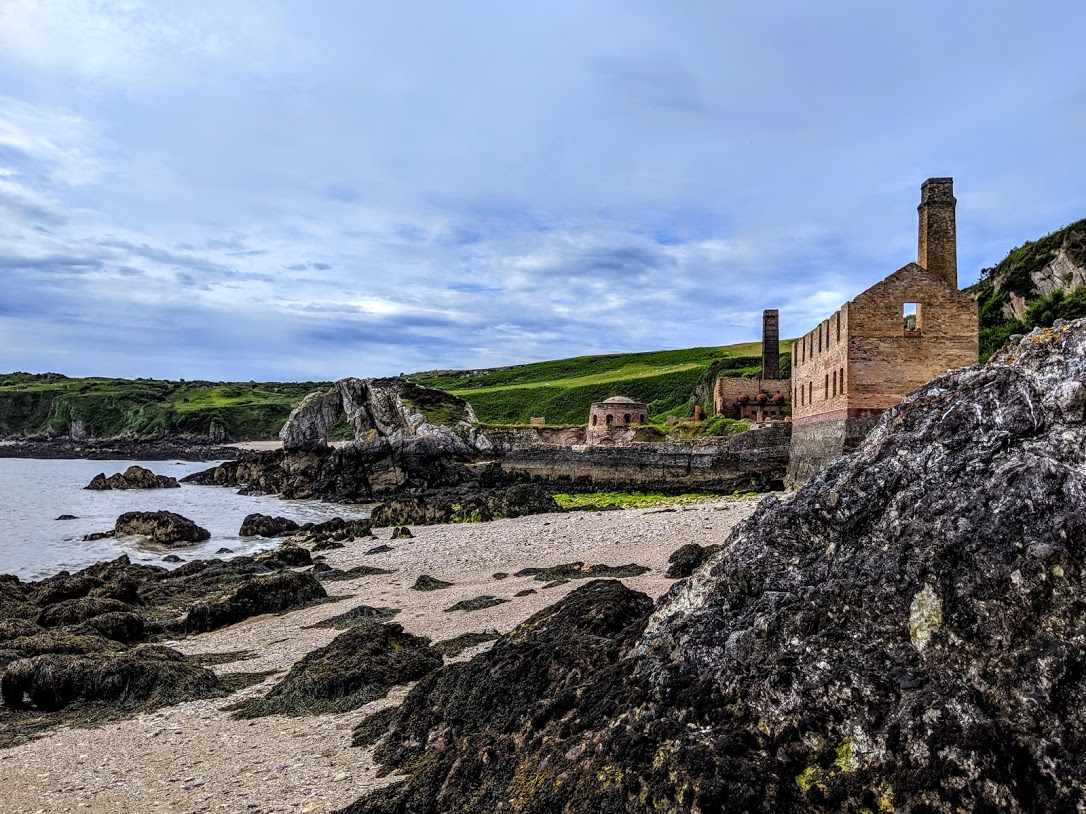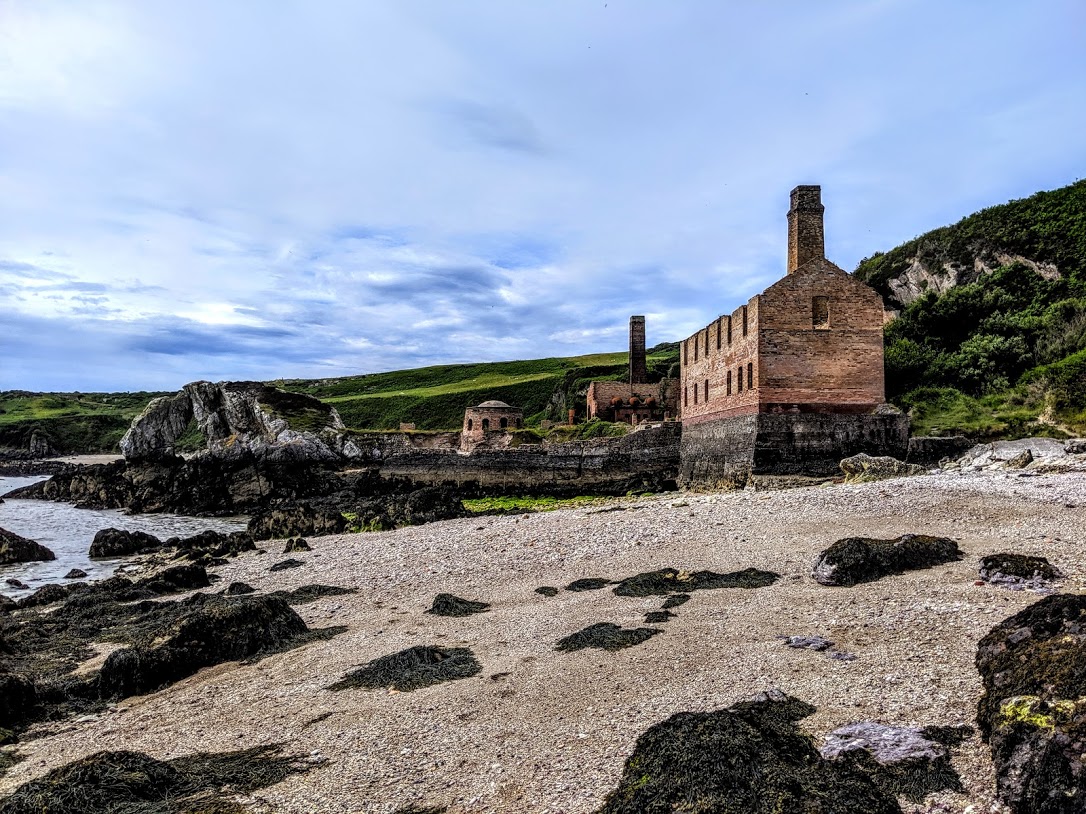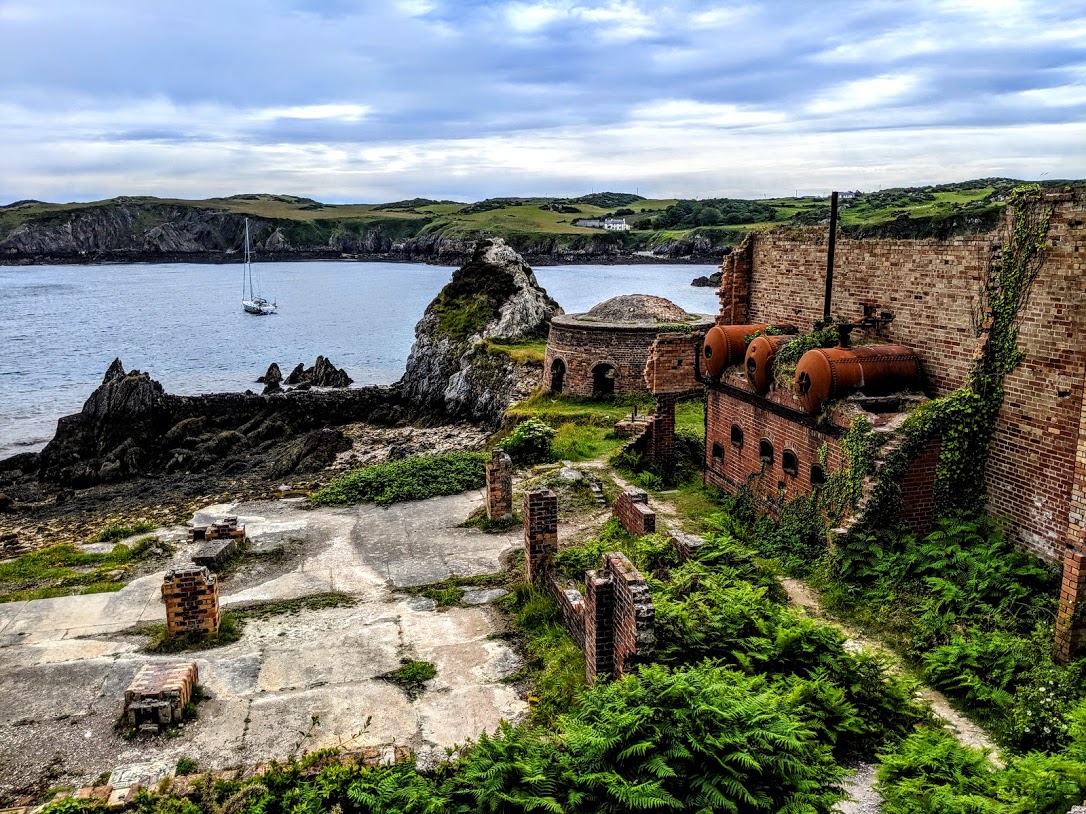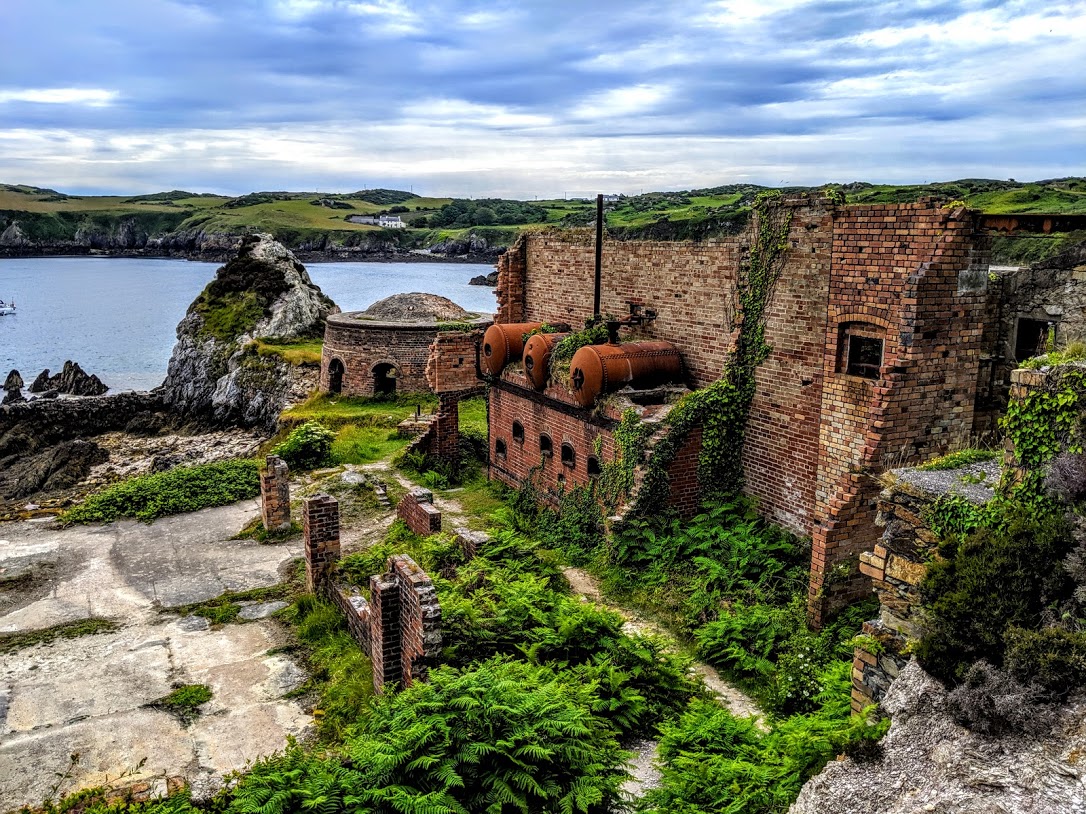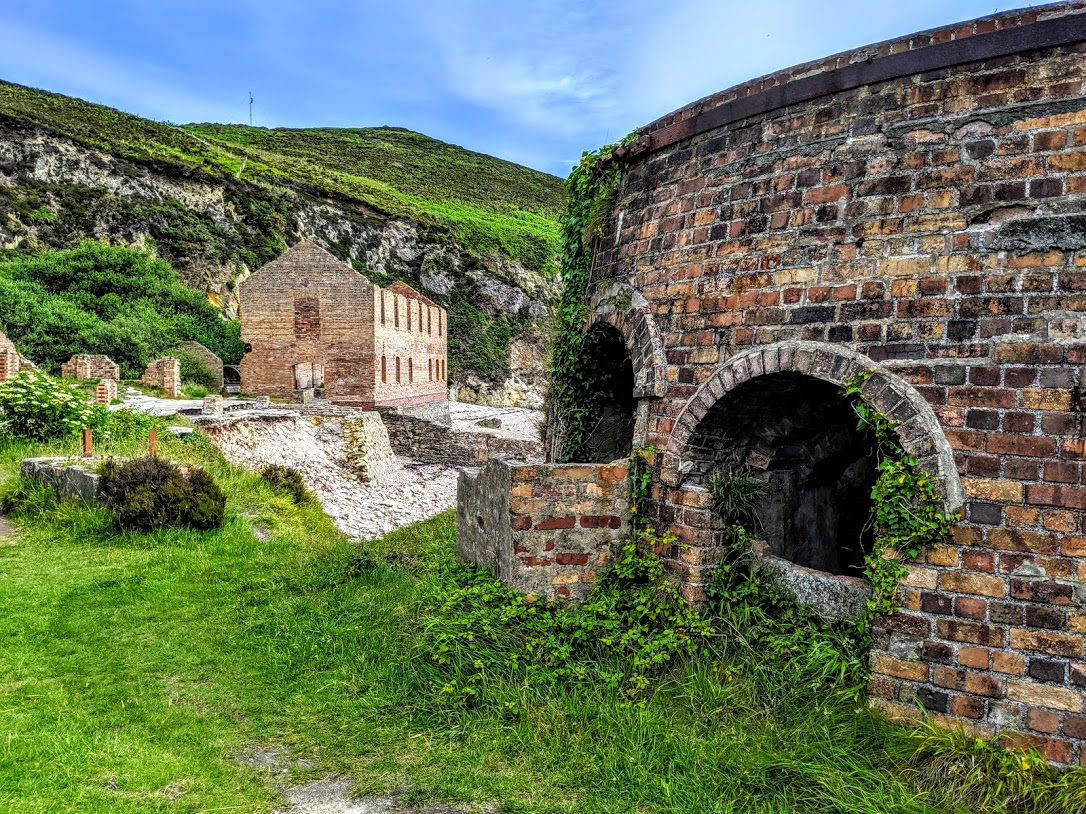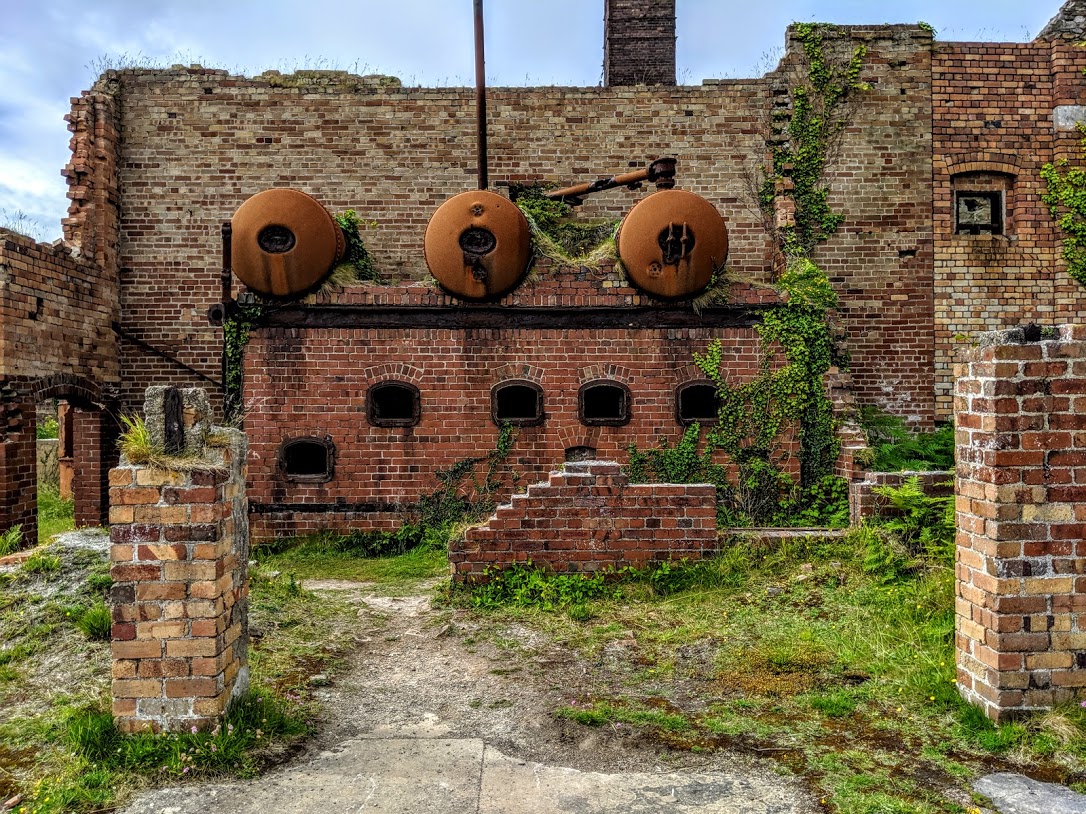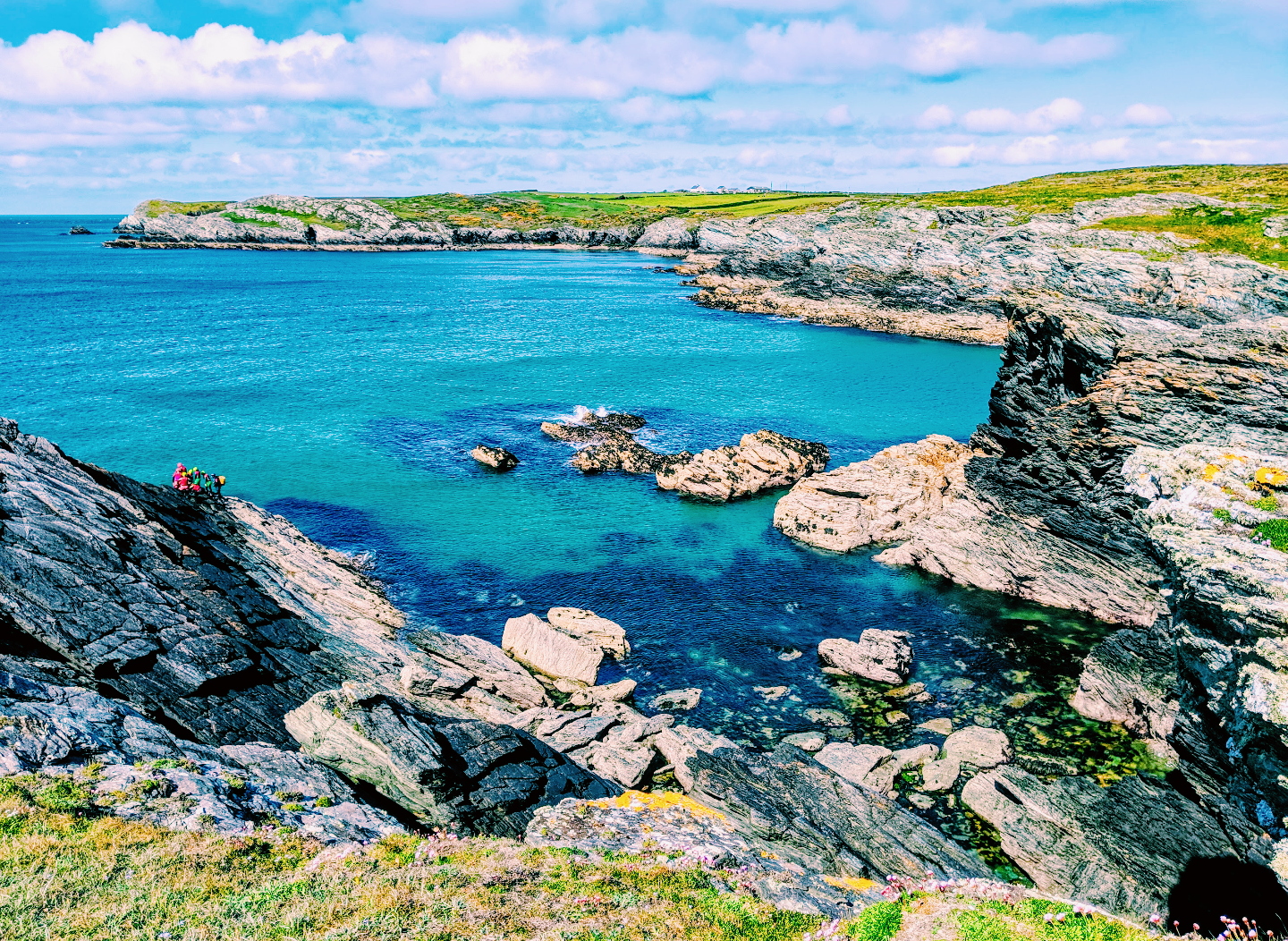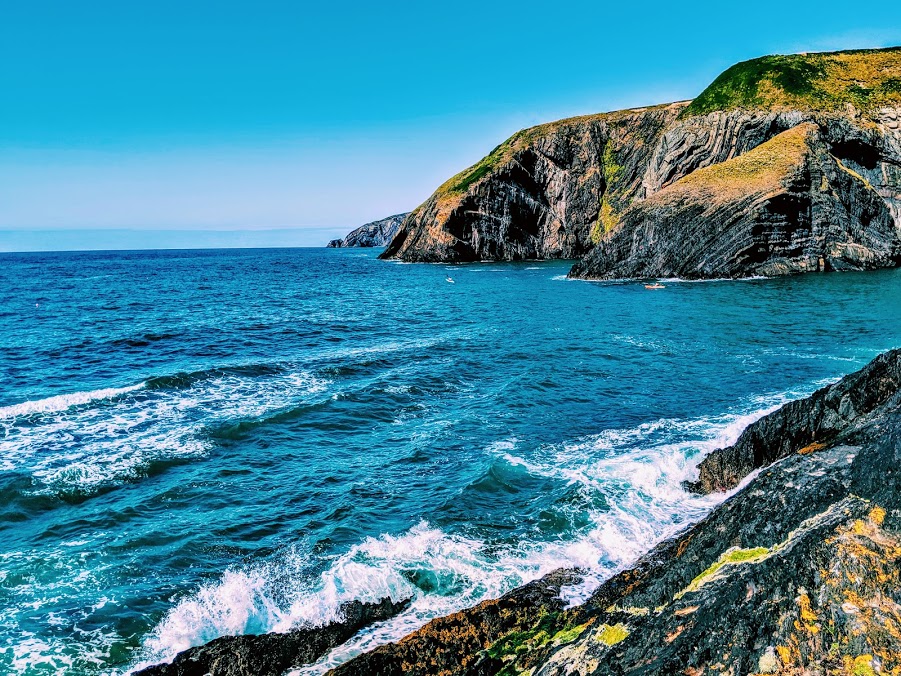“Climb the mountains and get their good tidings. Nature’s peace will flow into you as sunshine flows into trees. The winds will blow their own freshness into you, and the storms their energy, while cares will drop off like autumn leaves. As age comes on, one source of enjoyment after another is closed, but Nature’s sources never fail.” John Muir
A couple of weeks ago now, I decided I wanted to return to Porth Wen, I visited last year and was desperate to go back! I am currently still recovering from a leg injury so hiking is still out of the question but I am trying to do little bits of walking to see how it goes! (It still goes with only a mild pain now, hoping to go hiking this weekend!). Last time I visited it was the middle of summer in the middle of the day and the area was covered with tourists. Guys I have literally turned into my dad now complaining about all the crowds on weekends and bank holidays! God help us all when they school holidays start! Because I wanted to go to get some pictures I decided to get there for 6am! Which might seem bloody ridiculous and it is but there was no one else there! In fact I was the only person there until 9am, which like my dad made me very happy!
Porth Wen Brickworks was a Victorian brick factory that produced fire bricks made from quartzite (silica). These bricks were capable of withstanding a higher temperature than usual red house bricks and were mostly needed for the steel industry, to line steel-making furnaces and kilns. Now the site is abandoned and in ruins. The remains of several buildings and some of the machinery can still be seen but some parts of them are heavily damaged from sea erosion.
It is situated on the western part of Porth Wen (meaning White Bay) in the community of Llanbadrig, on the north coast of Anglesey, Wales. Usually, brick factories are placed on clay bedrock, the most used material for brick production, and often there is a quarry for clay on site.
In the case of Porth Wen Brickworks, it was constructed here because of the readily accessible quartzite from the nearby quarries, which is the main element of fire bricks. The place where this former factory was erected, as well nearly the whole shoreline of Anglesey, is listed as an Area of Outstanding Natural Beauty (AONB) because of its important and unique landscape.

The ore was first time mined around 1850 using primitive techniques and simple innovations. The ore was extracted from the rock by hand and was transported to the cliff above the brick works by a little railway. There it was rendered to a size acceptable for further processing. The ingenious engineers utilized gravity to transport the ore down to the plant.
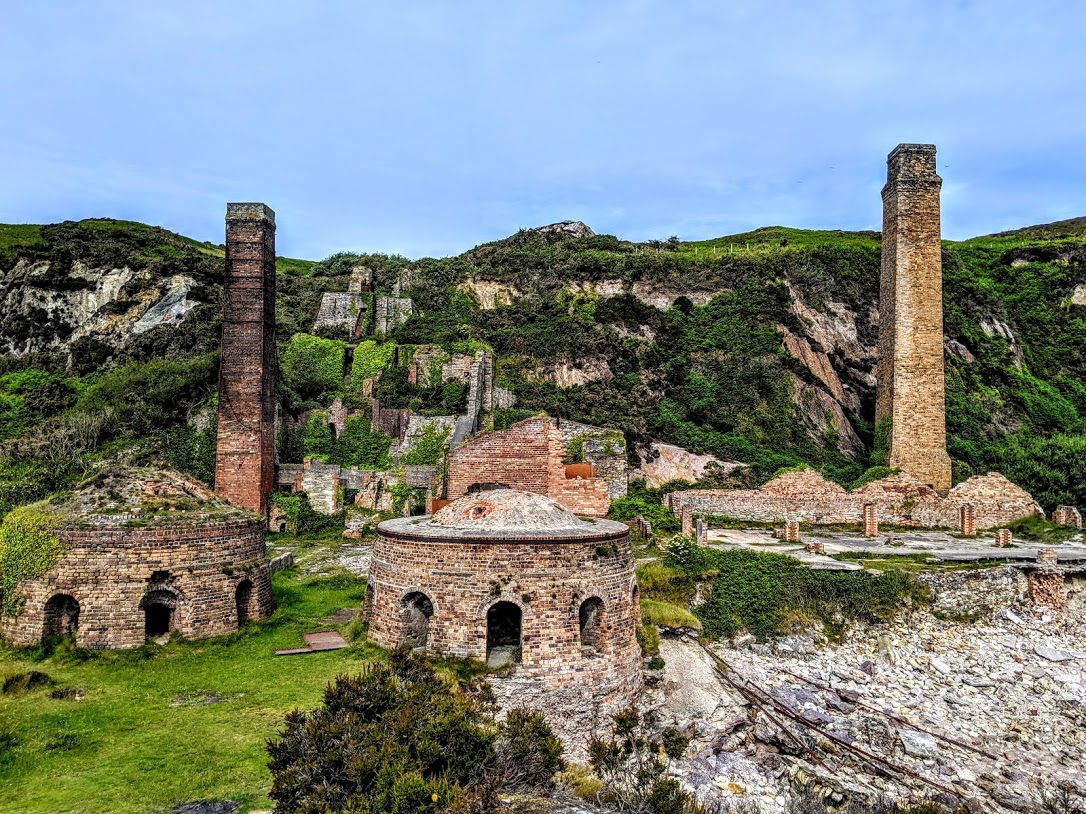
Most of the buildings that can be found now at the site were constructed at the beginning of the 20th century. In 1906 the brickworks were owned by German businessman Herr Steibel. He sincerely believed that it would be a profitable business for him, but he didn’t invest enough in modernizing of the process of making bricks and continued with traditional techniques, like wire cutting the ore into shape. In 1908 he sold the business to Charles Tidy. He launched a new method for brick making that used a technique in which the clay was pressed into shape.
But, even with that, Mr. Tidy struggled with managing production. Transport was a big problem for the works. He built a small harbor from where his bricks could be transported by sea. Because of the tides and the rocky seabed there were several small incidents with the loaded ships. The small ships were often battered while in the bay, so many owners refused to transport the bricks because of the possible risks for their vessels.
The whole operation closed down and the place was abandoned at the beginning of the World War I. It was opened again in 1924, but production proceeded with a lot of struggles and without consistence till 1949. Most of the equipment and machinery were moved in Caernarfon sometime before the start of the World War II. Since 1949 the whole site has been completely deserted and left to rust away slowly.
Some of the buildings have survived the demolishing of time, tide and wind. Today the remains of the structures of the former brickworks, like harbor walls, chimneys, terraces, beehive kilns, coastline buildings and other factory buildings, create a ghostly atmosphere in the small bay. The site is protected as a site of national importance. The buildings are full of holes and cracks and visits are potentially dangerous.

Sometimes I think about the last 12 months and wonder if anything has changed for me, I have seen friends get married, buy houses and start families and wonder if I am behind a bit. Physically I feel in exactly the same place which sometimes scares the crap out of me! Then I remember how far I have come mentally and as a person. There is no way the person I am today would know the woman I was 12 months ago. I feel like I see so much now, more than I ever have!
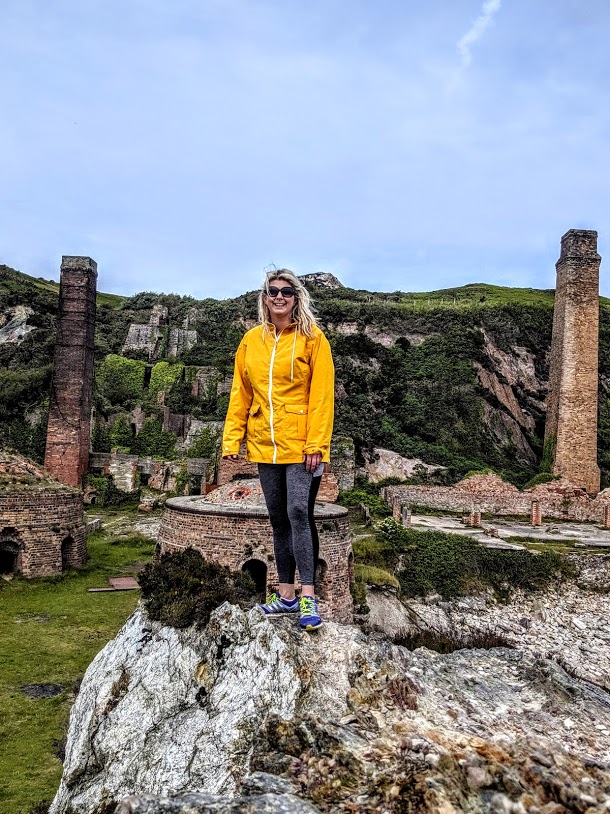
Looking like a bit of a dick but whoop there was no one there to judge, expect the people on the passing boats! And its not like I blend in to the landscape! On the upside if I fell off the rocks they would see me fall and hopefully call for help after they stopped laughing at the tourist falling off the rocks!


